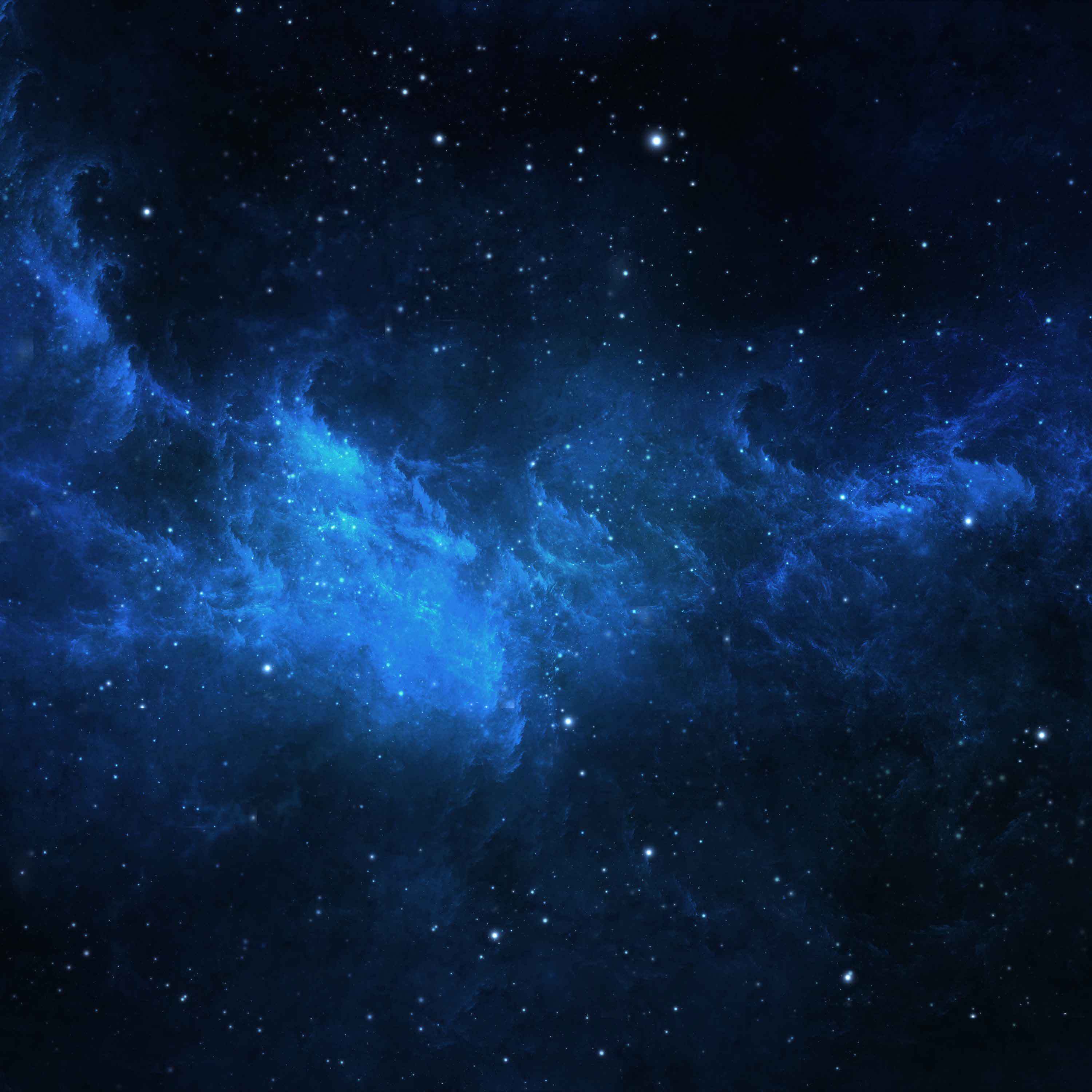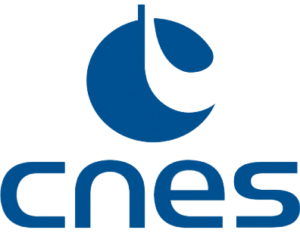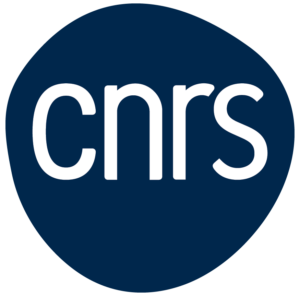
Adaptive Optics (AO) is a technique that allows to correct the effects of the atmospheric turbulence, in order to increase the performance of ground based telescope. At LAM, researchers and engineers are conducting innovative research activities in AO and developing the next generation of instruments.
-
Adaptive Optics ?
Astronomy is a science where the observations of extremely distant objects are the single source of information. Therefore, larger aperture telescopes and higher angular resolution play a crucial role. Toward these objectives, one of the key technological breakthrough done in the past decades was the introduction of Adaptive Optics (AO) for astronomical observations.
At the cross of optics, electronics, atmospheric science, control theory, computer science and mathematics, AO is a technique that aims at compensating quickly-varying optical aberrations to restore the ultimate angular resolution limit of an optical system. It uses a combination of wave-front sensors, to analyze the light wave aberrations, and deformable mirrors to compensate them.For astronomical telescopes, AO allows to overcome the natural ’’seeing’’ frontier : the blurring of images imposed by atmospheric turbulence and limiting the angular resolution of ground-based telescope to that achievable by a 10 to 50cm telescope, an order of magnitude below the diffraction limit of large 8-m class telescopes which are the current standard.
Within a decade, the world will see a new generation of telescopes with diameter up to 39m, called the Extremely Large Telescopes (ELTs). These giants will address fundamental astrophysical science cases as for instance the direct imaging and characterization of exo-worlds or the study of bulk and evolution of the first galaxies. The scientific potential of these giants relies on challenging new AO concepts, integrated inside the telescope itself, and providing high-resolution images to all the instrumentation downstream.
At LAM, the AO activities are covering both innovative research and participation to large projects. With more than 15 people (permanents, PhDs, post-docs) LAM is one of world leader institute for AO.
Knowing more on AO
There are plenty of nice tutorials on Adaptive Optics on the web, below is a non-exhaustive list of examples :Video introduction on AO
1h class on AO by Claire Max
Another AO introduction
An animation to understand MCAO
A tutorial -
Participation to large AO projects
EELT-HARMONI
HARMONI is a visible and near-infrared integral field spectrograph, providing the E-ELT’s core spectroscopic capability. It will exploit the E-ELT’s scientific niche in its early years, starting at first light. To get the full sensitivity and spatial resolution gain, HARMONI will work at diffraction limited scales. This will be possible thanks to two adaptive optics systems, complementary to each other. The first one is a simple but efficient Single Conjugate AO system (good performance, low sky coverage), fully integrated in HARMONI itself. The second one is a Laser Tomographic AO system (medium performance, very good sky coverage).
HARMONI is led by a consortium of 6 partners – two from UK : Oxford University (PI institute), UK-ATC ; two from Spain : IAC in Tenerife, and the CAB in Madrid ; and two from France : CRAL in Lyon and LAM in Marseille. On top of that, four associate partners are also working with the HARMONI team ; these are the University of Durham, ONERA (Paris), IPAG (Grenoble) and RAL Space.
For HARMONI, LAM is responsible for delivering the two AO modules. In particular, the group is responsible for supplying the most realistic simulations to the scientific group, propose detailed error budgets related to the AO system, to analyze the interfaces with the instrument and the telescope and finally to propose wavefront sensor concepts answering the diverse scientific and technical constraints.EELT-MOSAIC
The instrumentation plan for the EELT foresees a Multi-Object Spectrograph (E-ELT MOS). The MOSAIC project is proposed by a European-Brazilian consortium, to provide a unique MOS facility for astrophysics, studies of the inter-galactic medium and for cosmology. The science cases range from spectroscopy of the most distant galaxies, mass assembly and evolution of galaxies, via resolved stellar populations and galactic archaeology, to planet formation studies. A further strong driver are spectroscopic follow-up observations of targets that will be discovered with the James Webb Space Telescope.
The MOSAIC instrument will be assisted with several flavors of Adaptive Optics, including a challenging Multi-Object AO scheme. This new AO technique has recently been demonstrated with on-sky experiments such as Canary or Raven.
For MOSAIC, LAM is in charge of performing AO simulations, as well as developing the Laser Guide Star WFSs.MAVIS
ESO is considering building an adaptive optics instrument to make best use of the Adaptive Optics Facility (AOF). This instrument, called MAVIS should be installed at the VLT by 2025.
The VLT already offers a range of high angular resolution and high contrast instruments and the E-ELT will expand these capabilities even further. Therefore one potential development would be to open the parameter space toward a visible wide-field AO instrument.
Pushing the corrections toward visible wavelengths, providing diffraction-limited images on medium field-of-view (15” to 30”), and with reasonable sky coverage represents a huge step forward, and a unique science niche for 8m telescopes in the ELT era. Indeed, such an instrument would represent an ideal replacement for the Hubble Space Telescope (HST), and cover a parameter space that will not be covered by any of the ELTs first light instruments, nor by future space missions. However, pushing AO wide-field correction toward visible wavelengths requires challenging development in concepts and technologies and new observational strategies.
Our group is leading activities in order to be at the center of these developments, and to provide all the required bricks for this future instrument.SPHERE upgrade
SPHERE is an instrument installed at the VLT UT1 telescope. SPHERE is optimized toward the detection and characterization of exo-planets. It combines a very powerful AO system, called eXtreme AO or XAO, with a coronagraph to suppress the host star light, and explore its surroundings where planets forms and evolve. A project is envisioned in order to improve even further the AO performance, in particular by changing the Wave-Front Sensor from a classical Shack-Hartmann, into a more sensitive Near-Infra Red Pyramid.
-
AO R&D activities
Wave-front sensing
The wave front control is a fundamental aspect when looking for the performance and the maximum sky coverage of AO systems. The wavefront sensor (WFS) is the instrument which supplies the measurements from which the deformable mirror is controlled to correct the atmospheric turbulence. The R&D group is working on different WFS technologies, covering the so-called « pupil plane » and « focal plane » types. As such, we are covering a wide range a concepts, including Shack-Hartmann, Lifted Shack-Hartmann, Pyramid, Zelda or COFEE. The R&D group gathers several AO optical test-beds, developed to validate new concepts, from laboratory experiments to on-sky validations.Shack-Hartman vs. Pyramid
Data processing
The generalization and diversification of AO systems open an incredible amount of new astronomical discoveries. It also brings new challenges in terms of data reduction, and system optimization.
In order to get the best science results out of the AO images, and to fully optimize the return of such complex systems, dedicated and optimized reduction tools are needed. These tools must be built with a deep understanding of the system performance and limitations. These tools must be adapted to each science objectives. Based on the unique skills and knowledge gathered in our team, we are developing set of data reduction and analysis tools for AO systems. These tools will be made accessible to the astronomical community, and should pave the way for the preparation of the ELTs.An important area where the LAM R&D group is actively contributing concerns PSF-Reconstruction. Indeed, all the AO science cases can largely benefit from a precise knowledge of the Point Spread Function (PSF). While the PSF can sometimes be estimated, it remains a major problem when analyzing data from current AO systems. An important objective of our team is therefore to enable the PSF to be derived from the AO-observations.
High-Contrast imaging
In combination with extreme AO, high-contrast imaging is one of the key techniques to directly image and characterize exoplanets. GRD has developed wavefront sensors based on phase masks (ZEUS, ZELDA), from the theoretical developments up to the on-sky validation in world-class facilities. It is now leading the ERC project HiRise that aims at coupling VLT/SPHERE and VLT/CRIRES+ with an optical fiber link. The goal is to combine the power of high-contrast imaging and high-resolution spectroscopy for the characterization of known exoplanets.For practical R&D developments, GRD has developed the Marseille Imaging Testbed for HIgh Contrast (MITHIC), a flexible platform dedicated to the test of components and concepts for high-contrast imaging for ground-based applications.
The bench was originally developed for the validation of the apodized Roddier coronagraph and the ZELDA wavefront sensor in a static environment. It now includes a residual turbulence simulator that enables testing concepts in a more realistic environment for ground-based XAO instruments. The main scientific focus of MITHIC is currently 1/ the development of strategies to measure and compensate non-common path aberrations, and 2/ the validation of wavefront control techniques to improve the contrast in coronagraphic and non-coronagraphic images. Since 2018, MITHIC is used in the HiRISE project to validate acquisition and centering strategies for injection into single mode fibers.
Collaboration network
The work done by the LAM AO team is a collaborative work, shared with several European and international groups. Our collaborative network is strong, and allows to host senior scientists for short and long period, exchange students, and share PhD programs. Among other, we have developed a strong network with the following teams :Keck Observatory
INAF-Arcetri
PUC-Santiago
Gemini Observatory
HIA Canada




